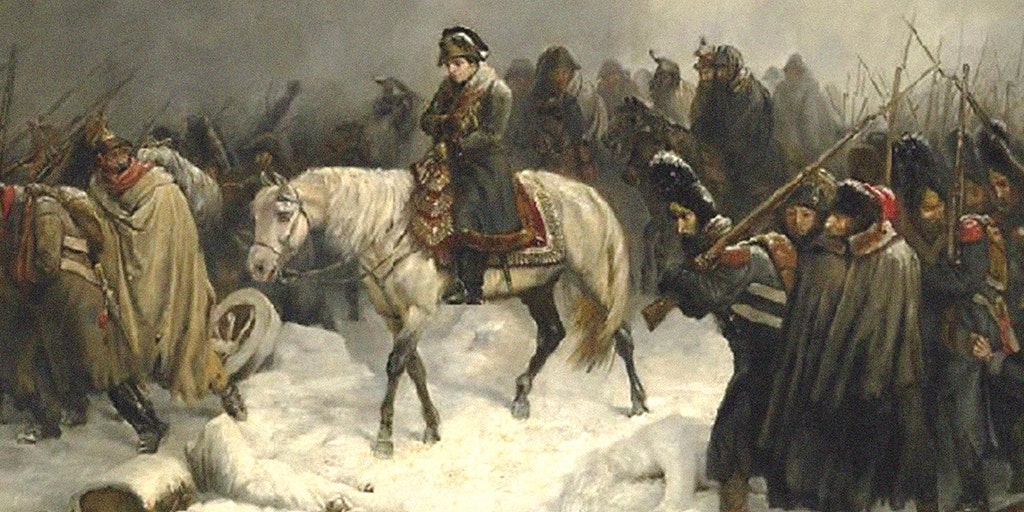Home / Science / Genetic Analysis Reveals Deadly Pathogens that Plagued Napoleon's Soldiers
Genetic Analysis Reveals Deadly Pathogens that Plagued Napoleon's Soldiers
15 Nov
Summary
- Traces of paratyphoid fever and louse-borne relapsing fever found in soldiers' remains
- Artifacts and well-preserved dog discovered in Belgium
- Infections contributed to debilitation and mortality of Napoleon's troops

In a remarkable archaeological find, the SOLVA Archaeology Service in Belgium has announced the discovery of ancient Roman artifacts and remains, including a well-preserved dog, in the town of Velzeke. This discovery sheds new light on the region's history.
Separately, a study published in the journal Current Biology on November 3, 2025 has provided a clearer picture of the circumstances surrounding the downfall of Napoleon's forces during his disastrous 1812 invasion of Russia. Researchers analyzed DNA from the teeth of French soldiers buried in a mass grave in Vilnius, Lithuania, and found evidence of the deadly pathogens that plagued Napoleon's troops.
The study revealed the presence of bacteria that cause paratyphoid fever and louse-borne relapsing fever, indicating that these infections circulated among the weakened and malnourished soldiers as they retreated from Moscow in the harsh Russian winter. While starvation, typhus, and freezing temperatures were already known as major causes of death, this new evidence conclusively proves that these additional bacterial infections also contributed to the debilitation and high mortality of Napoleon's Grande Armée.




